Gin 101: City Nomads’ Guide to the ‘Juniper Juice’
PUBLISHED July 14th, 2017 04:45 pm | UPDATED May 18th, 2020 04:25 pm
“If you ask me, gin is gangster,” Fadly Sujebto declares as he sits us down in front of his bar for a crash course in the divisive spirit. Charismatically friendly with slicked back hair and a bright smile, Sujebto is the head bartender at Cin Cin, the gin-focused watering hole at Singapore’s Oasia Hotel Downtown; and it’s glaringly obvious that the man is passionate about his gin.
Its nickname ‘Dutch Courage’, he explains, is attributed to an apocryphal story during the 17th century where the Dutch would take a swig of Genever – another spirit made with juniper berries – before charging into battle, and that same ancestral spirit would soon lead to the development of gin. We also learnt that gin was originally marketed as an alternative treatment for stomach flu and gout in the old days.
But it was during the 1920s Prohibition era that gin thrived as alcoholic beverage (though definitely not in terms of quality). Due to ease of production and its low cost, homemade gin was all the rage. It was made in the common metal bathtubs of the time, mostly for its ideal size and to avoid detection by the police.
How is Gin Made?
Gin’s dirty little secret is that as long as there’s some degree of juniper berries involved, it can be called as such. And unlike whisky, there are no hard and fast rules to it, which makes things all the more fascinating. There are two primary methods of making the stuff: pot distilling and column distilling.
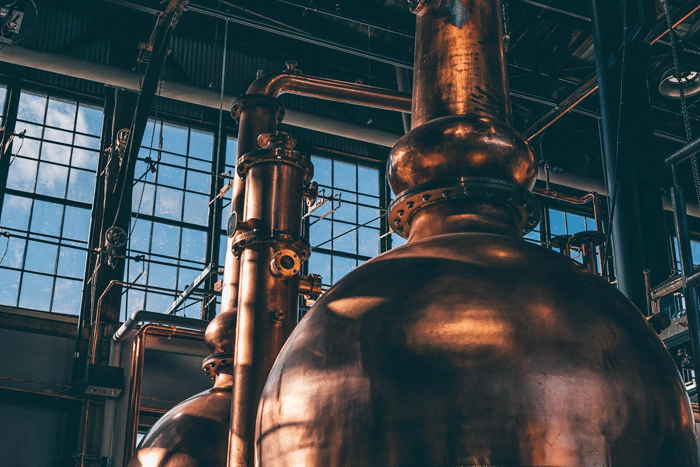
Pot Distilling
Closer to the original Dutch-style is pot distillation, where neutral grain spirit is first made in a pot still before getting distilled a second time along with juniper berries and other aromatic botanicals such as coriander seeds, citrus peels, and cinnamon. The result? A heavier and more full-bodied gin.
Column Distilling
These days, column stills are more common and they produce a more delicate and smooth spirit. In this method, the botanicals are suspended above the liquid instead, so only the vapours are infused rather than the liquid itself. Gin made this way are typically diluted down before being bottled as they usually come out of the column stills around 145 proof (73% ABV).
Different Types & Styles of Gin
London Dry
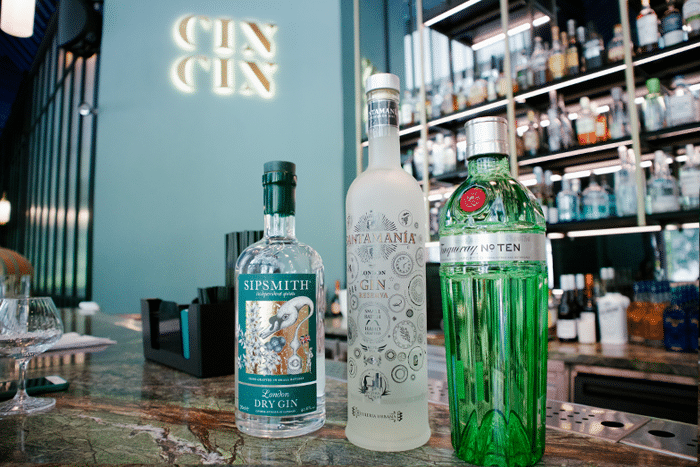
As far as industry standards go, London Dry gins are the closest thing there is to the gins of old. Required to be distilled to at least 140 proof with at least a few bitter botanicals, the gin is then diluted to 42% or 43% ABV before being bottled. No sweeteners, no flavourings, no colouring, no ageing. And despite the name, these don’t necessarily have to be produced in London.
Popular London Dry gins: Tanqueray 10, Beefeater, Sipsmith London Dry, Santamania London Dry
Old Tom
Old Toms are your classic sweetened gins, particularly popular back in the 18th and 19th century. Now, the style is experiencing a renaissance with its sweeter repertoire of botanicals and occasionally added sugar, typically made using pot stills. Some Old Tom gins are also aged, which lends an attractive copper colour to the spirit.
Popular Old Tom gins: Ableforth’s Bathtub Gin, Ransom Old Tom, Hayman’s Old Tom
Sloe Gin
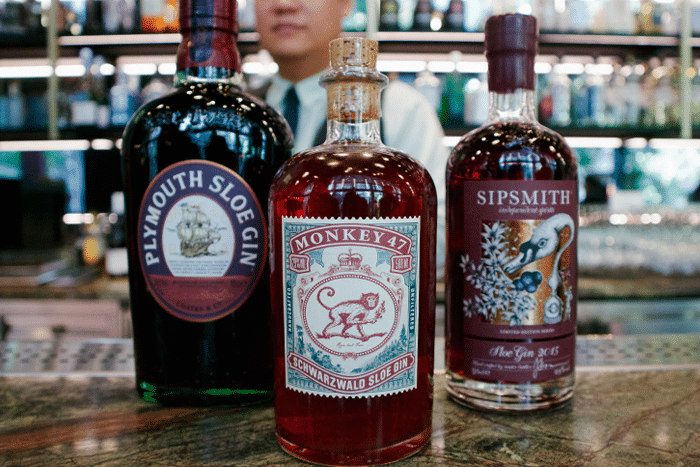
Sloe gins are a sort of flavoured (compounded) spirit, and they sure are pretty to look at. These were traditionally infused with sloe berries, but are usually made by distillation with sloe berries themselves nowadays. The result is a gin with a gorgeous deep purple tint that tastes like a juniper-laced fruit liqueur.
Popular sloe gins: Plymouth Sloe Gin, Monkey 47 Sloe Gin, Sipsmith Sloe Gin
Modern Gins
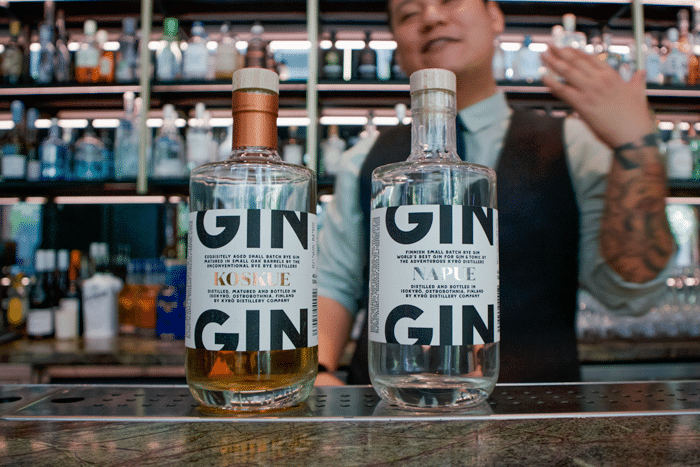
As we mentioned before, the only thing that dictates whether a spirit can be called gin or not is the presence of juniper berries. Modern gins tend to emphasise less on the juniper part and instead experiment with a wider selection of botanicals – as is the case of Hendrick’s, which uses cucumber and rose, which results in subtle and intriguing flavours. There’s no legal requirement to be considered a modern gin, but they tend to have characteristics that could be considered new-wave.
Popular modern gins: Hendrick’s, Aviation, Bluecoat, Koskue, Napue
Barrel-Aged Gins
Just like how whisky and rum are aged in oak barrels, gin that sit in barrels (both new and those used for anything from wine to spiced rum) for anywhere between two months to several years take on intriguing flavour characteristics from the wood, like caramel, vanilla, and citrus notes, as well as a ’rounder’ mouthfeel.
Popular aged gins: Citadelle Réserve, St. George Dry Rye Reposado, and Corsair Barrel-Aged Gin.
Asian-Inspired Gins
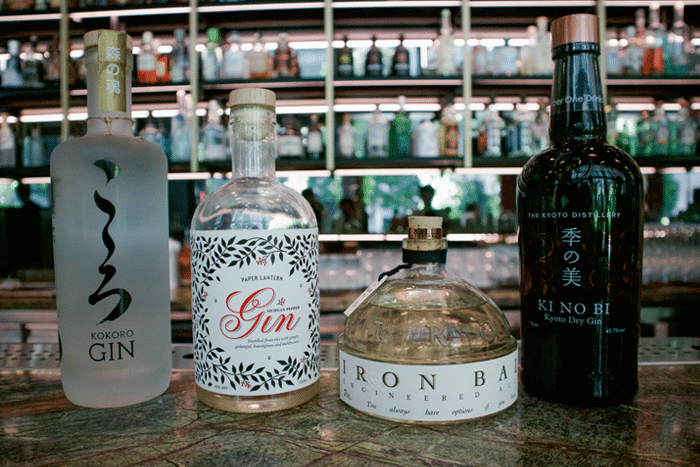
You knew we wouldn’t leave out the Asian gins, didn’t you? A whole world of aromatics and botanicals native to Asia are what makes these gins shine, from Sichuan peppercorn and sansho berries to freshly-cracked coconuts and yellow yuzu from the north of Kyoto.
Popular Asian-inspired gins: Kokoro Gin, Paper Lantern, Iron Balls, Ki No Bi Gin
How to Taste Gin?
The process for tasting gin is fundamentally the same as wine tasting, focusing on the sight, the smell, and of course, the taste.
- Hold the glass up and admire the gin’s colour – imparted by the botanicals.
- Swirl the gin around the glass to concentrate the aromas before taking a sniff.
- Try to identify the fragrance. Aromas associated with gin are citrus, floral, spice, wood, earth, and fruit.
- Take a sip and swirl it around your mouth, assess the primary flavours, then let the gin rest on your tongue to analyse it some more.
Classic Gin Cocktails
While you almost never hear someone order gin straight up or on the rocks, we are making the argument that gin can and should be drunk neat. As vermouth-phobic stockbrokers have long known, gin can be delicious simply stirred with ice and strained into a glass or served over ice. It can be especially good with a twist of lemon or lime wedge, depending on the dominant botanicals of the individual gin.
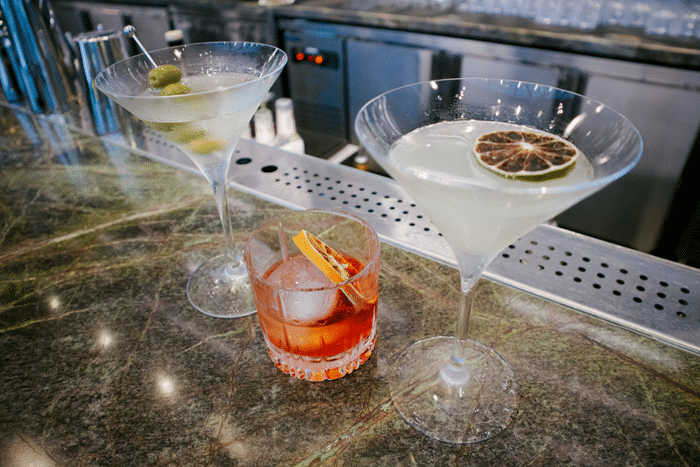
Dry Martini
The Martini might have been a cocktail immortalised by James Bond, but the original recipe – from Harry Craddock’s famous The Savoy Cocktail Book – calls for just equal parts gin (that’s right, no vodka) and French vermouth with a dash of orange bitters. Here’s a fun fact: the Martini glass was designed to allow rapid disposal of otherwise incriminating evidence in police raids during the prohibition period.
Gimlet
Legend has it that while British sailors drank lime juice mixed with rum and water to ward off scurvy during long voyages, their officers would drink gin mixed with a unique lime cordial to make Gimlets – and thus the iconic cocktail was born. While traditional recipes would specify one-half gin and one-half Rose’s Lime Cordial, freshly squeezed lime juice can be used as a replacement.
Negroni
The Negroni is sexy and smooth – the perfect combination of three components that make up the very essence of a cocktail: spirit, sweet, and bitter. Comprising equal parts gin, vermouth rosso, and Campari, the classic Italian drink is then garnished with an orange peel for good measure. A fantastic apéritif, if any.
Want to learn more about gin? Check out Cin Cin, as well as our round-up of the Best Gin Bars in Singapore.

